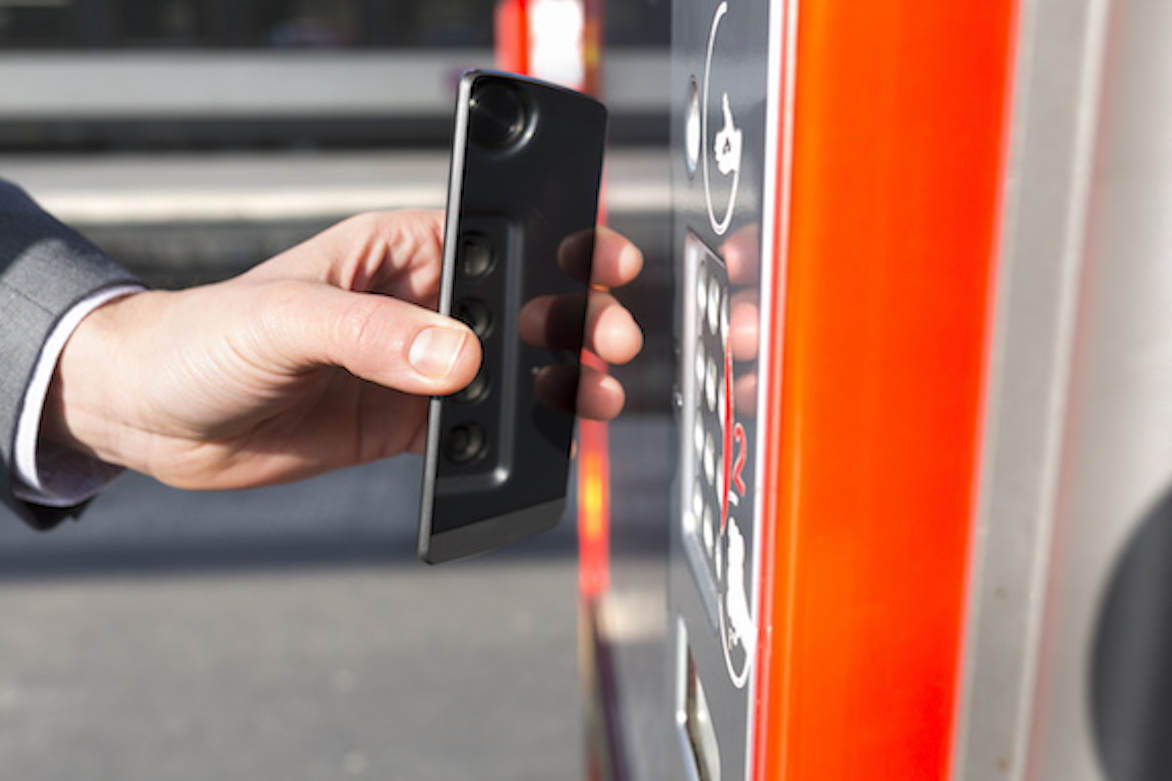It is predicted that Sweden will become the world’s first cashless society, and half of Swedish retailers are expected to stop accepting cash by 2025. UK Finance recently reported that almost seven out of ten people in the UK are using contactless payments, although debit cards remain the most frequent method of payment, making up 38% of all UK transactions in 2018. Almost half the world’s digital payments in 2017 were made in China, where consumers can pay for a wide variety of purchases through their smartphones using apps or QR codes.
However, these statistics hide a more complex picture, where factors including age and income impact the adoption of cashless payments.
Parkopedia’s Driver Research 2019 showed that, when it comes to parking charges there are significant differences across age, income and on a country by country basis:
- In the UK, only 16% of 18-34 year old drivers prefer to pay by cash, with the remainder of this age group paying by card, contactless methods or in advance via an app or website, in contrast to drivers aged 50-64 and 65+, who prefer cash 46% and 57% of the time respectively. Income also impacts UK drivers’ choice of payment method - cash is preferred by more than half (52%) of those with a household income of less than £25,000 per year, versus 30% or less for other income brackets.
- In the US, cards are preferred by the vast majority, with at least 65% of drivers in all age groups choosing this method, versus 17% for cash and 11% preferring contactless. Even amongst the lowest income bracket of US drivers, 59% still prefer to pay by card, rising to 73% for those with household incomes of more than $125,000 per year.
- In sharp contrast to the UK and USA, 56% of German drivers prefer to pay for parking using cash. The 35-49 year old age group are most open to other payment methods, including card (39%), contactless (11%) and pre-payment via an app or website (4%). When earning power is examined, there is parity for cash and card (37% each) when household income reaches the €75,000-€99,999 bracket; above this level, card or contactless payments become the preferred method.
Sweden’s central bank has told all Swedish banks that they must continue offering cash services to ensure that those who don’t own a credit card, have difficulty using smartphones or computers for banking and payments, or where there is a lack of broadband and mobile connectivity, are not left out of the economy.
Similarly, Parkopedia’s research demonstrates that, above all, customers want a choice of payment methods for parking. Whilst many parking operators are still reliant on cash as the primary method of payment, a growing number are adopting technology which not only allows for digital payments, but also reservations and likely availability predictions through services such as Parkopedia.
Parkopedia solves the time-consuming and expensive task of integrating a large variety of payment types and parking providers, by aggregating different solutions into one single payment platform. We offer three types of transactions, covering off-street reservations, on demand payments for supported on-street or off-street locations, and frictionless access and pay for off-street.


